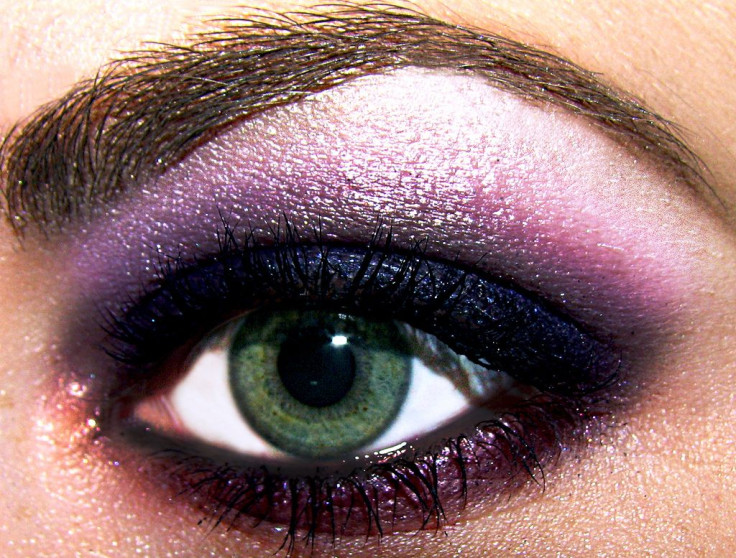Dazed And Confused: 10 Minutes Of Eye Contact Alters State Of Consciousness, Without Drugs

There’s a new kind of high you can get — legally — no drugs required. According to a recent study published in the journal Psychiatry Research, staring into someone’s eyes for 10 minutes can induce hallucinations, from seeing distorted faces to monsters.
Eye contact is seen as a great way to foster intimacy, because you can express many of your feelings through your eyes. When you make direct eye contact with someone, you temporarily become disconnected from the rest of your environment or natural surroundings. This is because when we stare at a focal point for a prolonged period of time, details in your peripheral gradually begin to disappear. These feelings of disassociation are part of Troxler’s fading phenomenon.
Giovanni Caputo, an Italian psychologist at the University of Urbino in Italy sought to explore what happens when two people stare into one each other’s eyes for a prolonged period of time, so he recruited a total of 40 young adults, who he sorted into pairs, and then divided into two groups. One served as the control and was asked to stare at a wall for 10 minutes in a dimly lit room. The other group was paired up and the pairs were asked to stare, emotionless, into each other’s eyes for 10 minutes, also in a dimly lit room to enhance facial features.
Half of the pairs were seated opposite one another, gazing at each other’s neutral expressions. The other half were seated positioned back-to-back, staring at the wall. The participants weren’t informed of the nature of the study and instead were told it was a meditative experience.
After 10 minutes, the participants were asked to fill in questionnaires about their experiences in the room. The findings revealed people in the paired group reported more disassociation symptoms than those in the control group, such as experiencing a loss of connection with reality, changes in sound or color perception, and complaining of time “staying still.” Regarding hallucinations, 90 percent of the paired volunteers reported seeing changes to the face of the person they were staring at, with 90 percent admitting they saw their partner’s face appear deformed, 75 percent saw monstrous beings, and 15 percent even saw traits of a relative’s face appear on their partner.
“These results indicate that dissociative symptoms and hallucinatory phenomena during interpersonal-gazing under low illumination can involve different processes,” Caputo wrote in the paper.
Caputo admits these are symptoms of dissociation, which is our departure from our connection to reality. However, these symptoms only correlated with the participants’ experience with facial deformity, but not the appearance of strange faces. He believes the hallucinations or “strange-face apparitions” are a consequence of coming back to “reality” after experiencing an altered state of consciousness caused by the lack of sensory stimulation.
This coincides with Caputo’s 2010 study published in the journal Perception that found when participants gazed upon their reflections in a mirror for 10 minutes in a dimly lit room, they started to hallucinate in less than a minute. Their faces began to warp and change, resembling animals, monsters, or even deceased family members. These strange effects were even more dramatic when the mirror was swapped for another person.
Although it is not yet known why the hallucinations occur, Caputo suggests it’s likely due to sensory deprivation. He believes it is possible that they happen as the brain snaps back to reality after zoning out and the mind transmits subconscious thoughts onto the face of the other person.
Caputo’s research can have important implications when it comes to understanding patients who experience hallucinations associated with mental health conditions like schizophrenia.
"Disconnected parts of the self, which are usually projected during delirium, may be integrated into consciousness," Caputo said. "This integration may be helpful during very early stages of schizophrenia, since the individual might avoid the pathological circle of confirming into its 'reality' what is exclusively an unconscious projection."
It seems like holding someone’s gaze can help you get “high” and reach nirvana, without LSD.
Sources: Caputo GB. Dissociation and hallucinations in dyads engaged through interpersonal gazing. Psychiatry Research. 2015.
Caputo GB. Strange-face-in-the-mirror illusion. Perception. 2010.



























